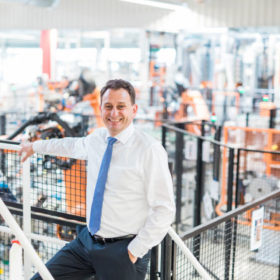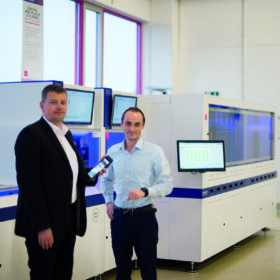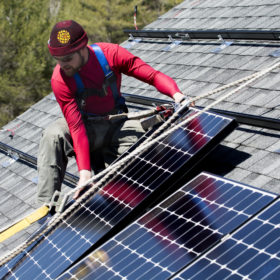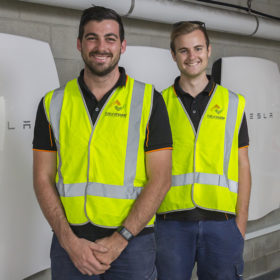Optimus primetime
DC optimizers: Whether embedded during module assembly, sold as standalone, or installed at solar sites of increasingly large dimensions, the DC power optimizer has been showing its worth in 2016, but what does the future hold in store?
Survival strategies
Surviving the downturn: The module price drop in the 2nd half of 2016 has created challenging conditions for players across the industry. While the largest manufacturers are protected by their scale, smaller companies are forced to innovate to survive. Götz Fischbeck of Smart Solar Consulting looks at the strategy of three such companies.
Industry 4.0 arrives
Production technology: The adoption of Industry 4.0 principles and technology in solar manufacturing has lagged behind other industries. That may be set to change, with German cell production equipment provider Asys releasing its Pulse platform onto the market this year. Six months later, Asys is installing its first intelligent Pulse line at an Asian manufacturer, and Florian Ritter, Asys’ Manager Product & Business Portfolio Management and Harald Wanka, Head of Technology and Global Sales, Solar spoke to pv magazine about the platform and current PV manufacturing landscape.
Global inverter outlook
Inverter market update: As 2016 draws to a close, pv magazine and IHS Markit cast their gaze over an inverter landscape that looks a little lopsided this year – a result of China’s first half surge, further consolidation and the continued broadening of inverter technologies and suppliers.
A job still to do
The state of solar employment: It’s been a wild ride in the U.S. solar industry over the past several years, but amid all the change and uncertainty, one constant has been that this growing industry is generating more and more jobs. The Solar Foundation’s Andrea Luecke looks to the future with five burning questions on the future of solar as a job provider.
When the lights go out
Battery storage: A massive blackout, the result of a severe storm, has brought battery storage into focus in Australia. And distributed storage may be able to do much more than just keep the beer-fridge cold in the event of an outage.






